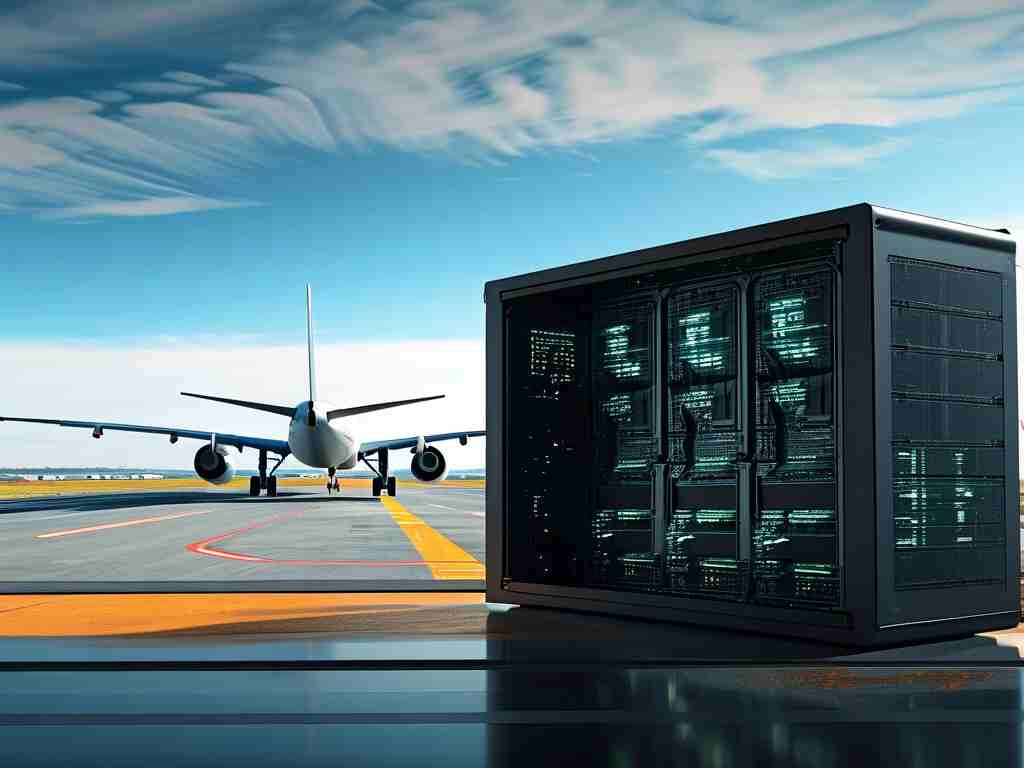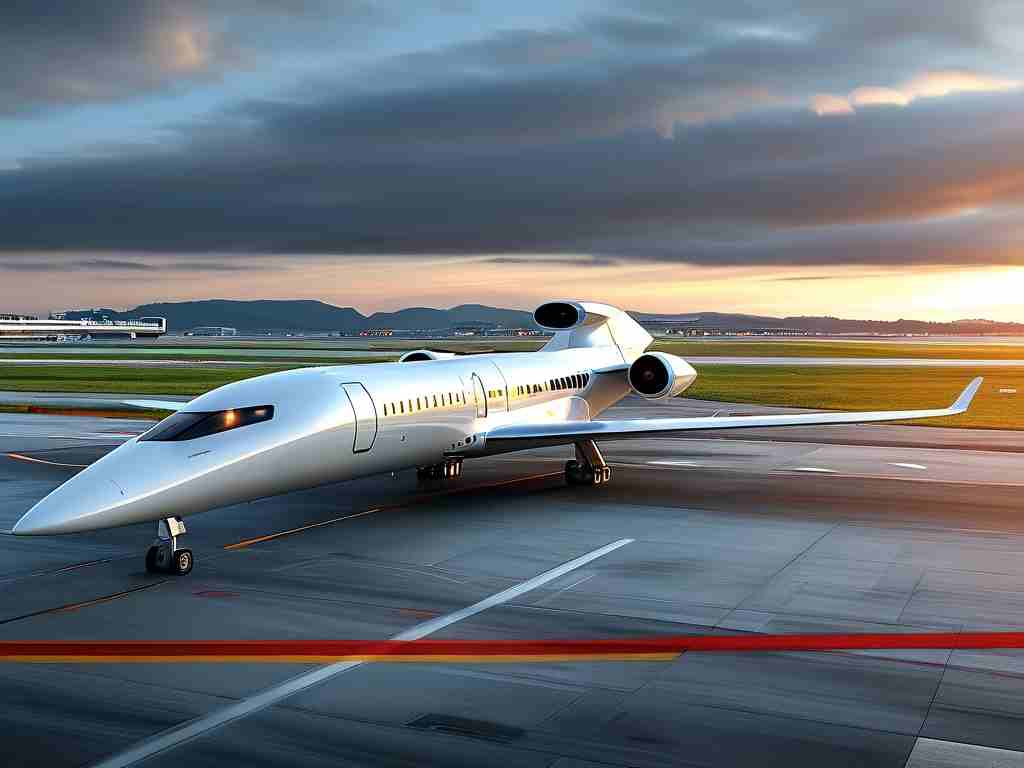In the realm of modern aviation, the question of how much memory is sufficient for aircraft computers remains critical. Unlike consumer devices, aviation systems demand precision, reliability, and real-time processing, making memory allocation a cornerstone of safety and performance. This article explores the factors influencing memory requirements, industry benchmarks, and emerging trends shaping this field.

Aircraft computers, often referred to as avionics systems, manage tasks ranging from navigation and communication to engine control and flight data recording. These systems rely on a combination of volatile (RAM) and non-volatile (ROM or flash) memory. The exact memory capacity depends on the aircraft type, mission complexity, and regulatory standards. For instance, commercial airliners like the Boeing 787 or Airbus A350 use integrated modular avionics (IMA) architectures, where shared computing resources handle multiple functions. Such systems typically require between 8 GB and 32 GB of RAM, paired with terabytes of storage for logs and software updates.
One key driver of memory demand is real-time data processing. Modern aircraft generate vast amounts of data from sensors, radar, and onboard diagnostics. For example, a single engine monitoring system can produce over 10 GB of data per hour. To process this without latency, computers need high-speed RAM with low access times. Additionally, redundancy is non-negotiable in aviation. Critical systems often employ dual or triple redundant memory modules to ensure continuous operation even if one fails. This redundancy effectively doubles or triples the baseline memory requirement.
Another consideration is software complexity. Advanced features like fly-by-wire controls, automated collision avoidance, and predictive maintenance algorithms require robust codebases. A typical flight control software suite might occupy 4–8 GB of storage, while machine learning models for predictive analytics could add another 2–3 GB. Future-proofing also plays a role: manufacturers allocate extra memory headroom to accommodate software updates over the aircraft’s 20–30 year lifespan.
Regulatory bodies like the FAA and EASA impose stringent guidelines on avionics memory management. For instance, DO-178C standards mandate rigorous testing for memory allocation errors, ensuring no single fault can cascade into system failure. This often leads to conservative memory utilization—systems may use only 60–70% of available capacity to maintain buffer zones.
Emerging technologies are reshaping these requirements. Quantum-resistant encryption for secure communications, for example, demands additional processing power and memory. Similarly, the integration of AI for real-time decision-making in unmanned aerial vehicles (UAVs) could push RAM needs beyond 64 GB in next-gen systems.
In , determining “enough” memory for aircraft computers involves balancing operational needs, safety margins, and future scalability. While current benchmarks hover around 8–32 GB for RAM and multi-terabyte storage, advancements in AI, data analytics, and cybersecurity will continue to drive this upward. The aviation industry’s challenge lies in optimizing these resources without compromising the reliability that keeps skies safe.







